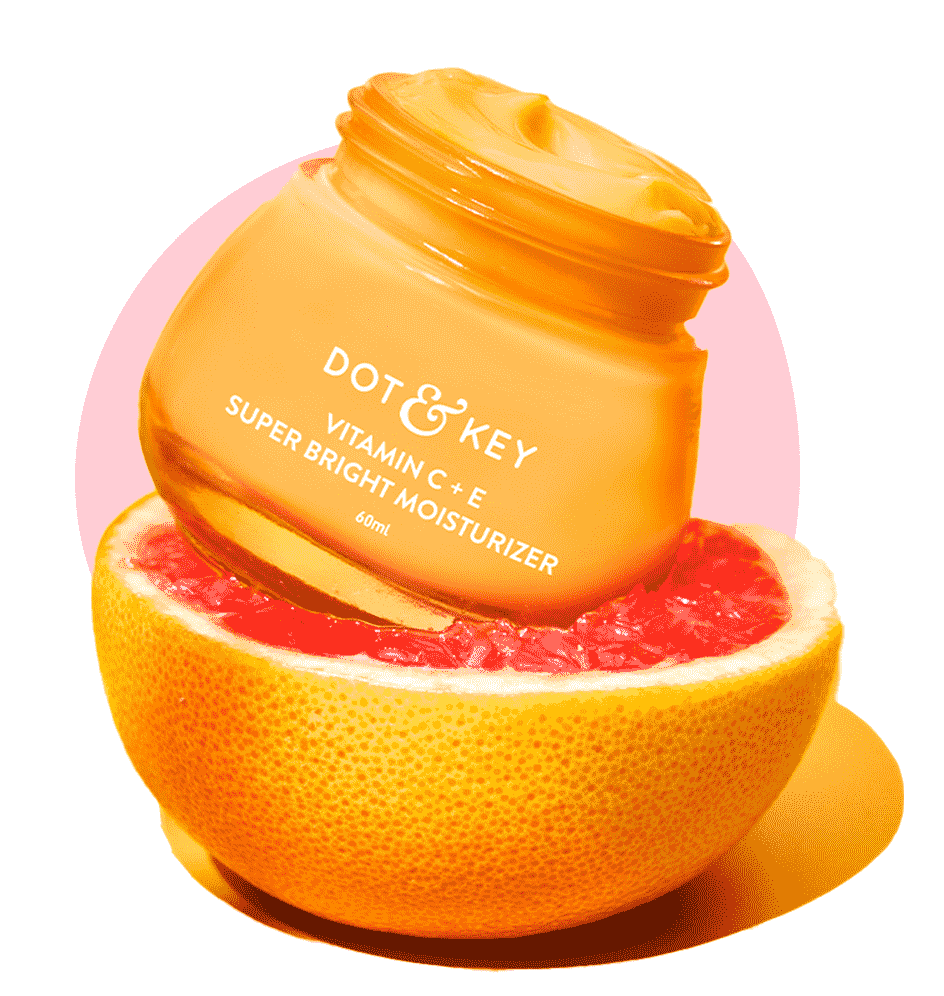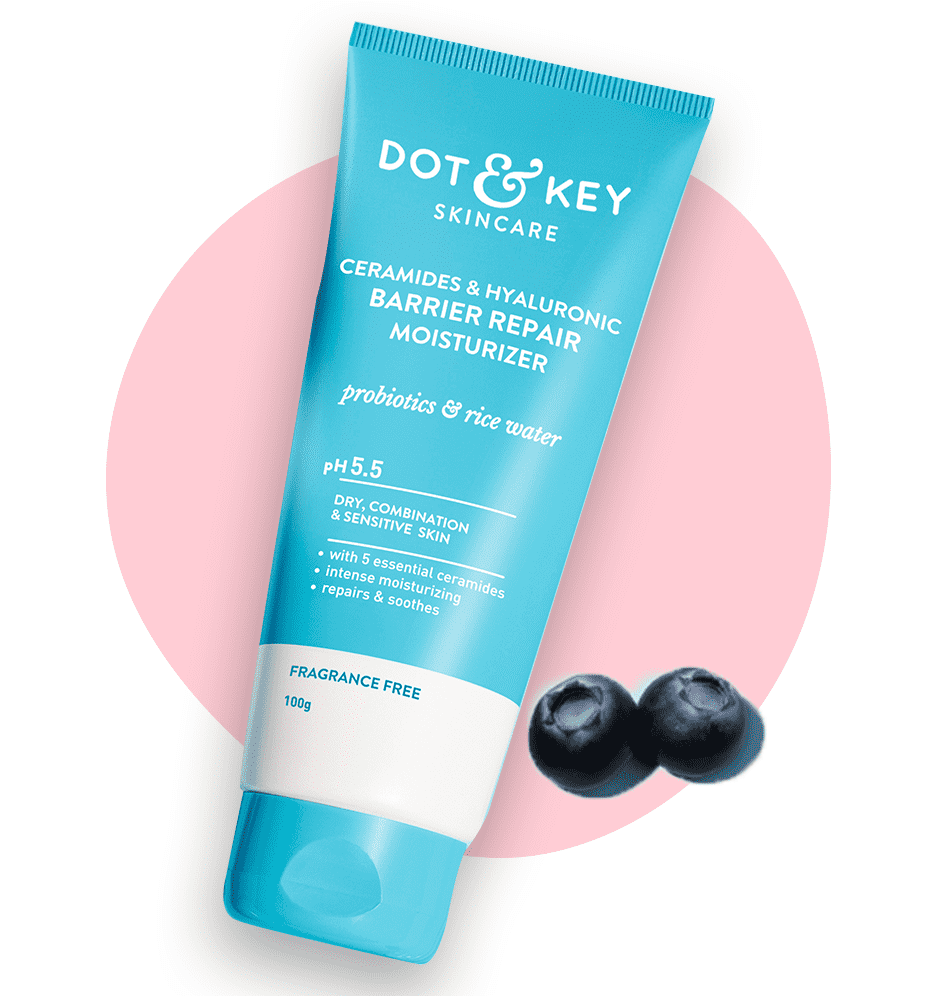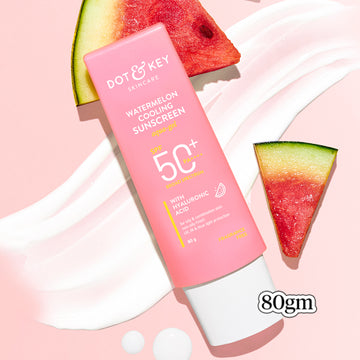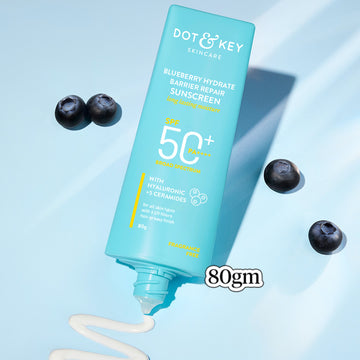
When it comes to shielding your skin from the sun, the terms sunscreen and sunblock are often tossed around as if they’re the same. But here's the catch—they’re not! While both serve the same goal, they work in different ways, contain unique ingredients, and are better suited for different skin types. So, how do you choose the right one? It all comes down to your skin's needs, your personal preferences, and how much sun exposure you’re dealing with. Let's dive in and clear up the confusion!
What is Sunscreen?
Sunscreen, also known as chemical sunscreen, is designed to absorb UV rays and convert them into heat, which is then released from the skin.
Key Features of Sunscreen:
● Mechanism of Action: Absorbs UV radiation to prevent it from penetrating the skin.
● Active Ingredients: Avobenzone, oxybenzone, octisalate, and octinoxate.
● Protection: Broad-spectrum formulas protect against both UVA and UVB rays.
● Application: Transparent and blends easily into the skin without leaving a residue.
Pros:
● Lightweight and invisible on the skin.
● Layers well under makeup.
● Suitable for those who dislike the thick texture of physical products.
Cons:
● Takes 15–20 minutes to activate after application.
● Some ingredients may irritate sensitive skin or cause allergic reactions.
● Can degrade in sunlight, requiring reapplication.
What is Sunblock?
Sunblock, often referred to as mineral sunscreen, physically blocks UV rays by forming a protective barrier on the skin’s surface. It reflects and scatters the UV rays away from the skin.
Key Features of Sunblock:
● Mechanism of Action: Physically blocks and reflects UV rays.
● Active Ingredients: Zinc oxide and titanium dioxide.
● Protection: Broad-spectrum protection against UVA and UVB rays.
● Application: May leave a white cast on the skin, especially on darker tones.
Pros:
● Works immediately upon application.
● Suitable for sensitive, acne-prone, and reactive skin.
● Stable in sunlight and offers consistent protection.
Cons:
● Thicker texture may feel heavy or greasy.
● Can leave a visible white cast.
● May be less water-resistant than chemical formulas.
How They Compare
|
Feature |
Sunscreen (Chemical) |
Sunblock (Physical) |
|
Mechanism of Action |
Absorbs UV rays and converts them to heat. |
Reflects and scatters UV rays. |
|
Active Ingredients |
Avobenzone, oxybenzone, octinoxate, etc. |
Zinc oxide, titanium dioxide. |
|
Skin Type Suitability |
Normal to oily skin. |
Sensitive, acne-prone, or reactive skin. |
|
Finish |
Transparent, blends seamlessly. |
May leave a white cast. |
|
Application |
Requires 15–20 minutes to activate. |
Effective immediately upon application. |
|
Sunlight Stability |
May degrade in sunlight; needs frequent reapplication. |
Stable and consistent under sunlight. |
|
Environmental Impact |
Some ingredients may harm coral reefs. |
Often considered reef-safe (check labels). |
When to Choose Sunscreen
Choose sunscreen if you:
● Have normal to oily skin and prefer a lightweight, invisible product.
● Need a formula that layers well under makeup.
● Are looking for a variety of textures, from gels to sprays.
Recommended Products:
● La Roche-Posay Anthelios Melt-in Milk Sunscreen SPF 60: Lightweight and blends well.
● Neutrogena Hydro Boost Water Gel SPF 50: Great for oily skin, with a hydrating feel.
When to Choose Sunblock
Choose sunblock if you:
● Have sensitive, acne-prone, or reactive skin that gets irritated by chemicals.
● Want a product that works immediately upon application
● Prefer a more natural or environmentally friendly option.
Can You Use Both Sunscreen and Sunblock?
Yes! You can combine or alternate the two based on your needs:
● Use sunblock for sensitive areas like your face and sunscreen for broader coverage of your body.
● Apply sunscreen for outdoor activities and layer sunblock over areas that need extra protection.
Science Backing
- Mechanisms of UV Protection:
○ Sunscreen: Chemical filters like avobenzone and octinoxate absorb UV radiation, preventing skin damage. Studies show their effectiveness in protecting against sunburn and photoaging. (American Academy of Dermatology)
○ Sunblock: Zinc oxide and titanium dioxide are FDA-approved and highly effective at reflecting UV rays. They provide consistent, broad-spectrum protection. (FDA)
- Skin Sensitivity:
○ Zinc oxide and titanium dioxide in sunblocks are less likely to irritate sensitive skin compared to chemical ingredients like oxybenzone. (Journal of Clinical and Aesthetic Dermatology)
- Environmental Impact:
○ Chemical ingredients like oxybenzone and octinoxate have been linked to coral reef bleaching, prompting bans in areas such as Hawaii. Mineral sunscreens labelled as reef-safe are generally better for marine ecosystems. (National Ocean Service)
- Safety of Chemical Ingredients:
○ Research has shown that some chemical sunscreen ingredients may be absorbed into the bloodstream. While the health impact remains under study, the FDA emphasizes the importance of sunscreen for UV protection. (JAMA Dermatology)
Conclusion
Both sunscreen and sunblock provide excellent sun protection, but the best choice depends on your skin type and lifestyle:
● Choose sunscreen for lightweight, invisible coverage and better compatibility with makeup.
● Opt for sunblock if you have sensitive skin, prefer natural ingredients, or need immediate protection.
The most important thing is to use sunscreen or sunblock daily and reapply as needed to protect your skin from harmful UV rays.
FAQs About Sunscreen and Sunblock
1. Which is Better for Acne-Prone Skin?
Sunblock (mineral sunscreen) is better as it is non-comedogenic and less likely to clog pores.
2. Can Sunscreen and Sunblock Be Used Together?
Yes, layering them can provide complementary benefits, such as using sunscreen for lightweight coverage and sunblock for sensitive areas.
3. Does Sunscreen Work Immediately?
No, it takes about 15–20 minutes to activate, whereas sunblock works immediately.



































